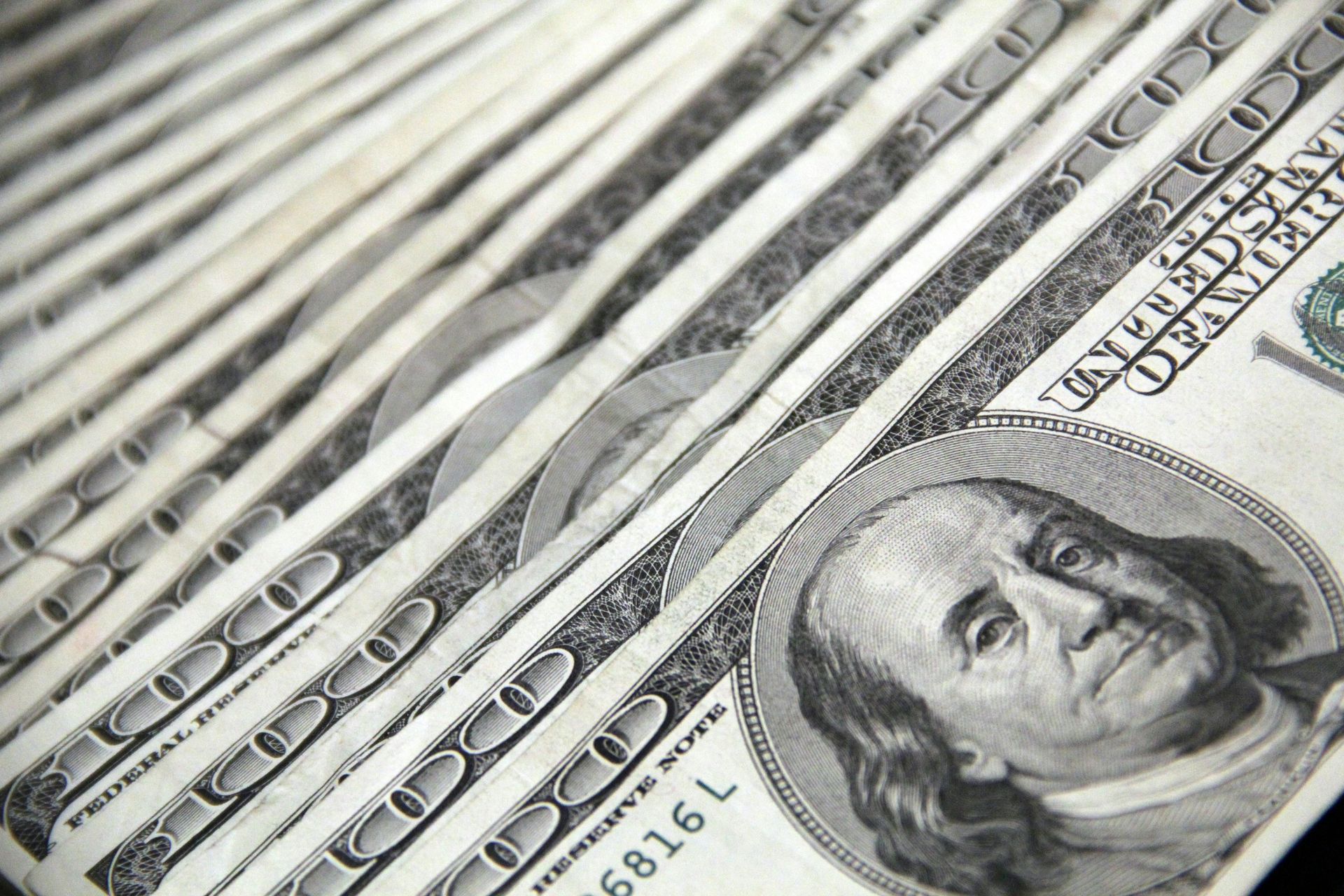Market Review: October 07, 2024
Consumer Credit Growth Slows Sharply, Raising Concerns About Future Spending and Economic Momentum

The focus of Monday, October 7, 2024, was on the Consumer Credit data for August, which showed a significant slowdown in credit growth compared to previous levels. This data point is crucial as it offers insight into consumer borrowing behavior, which can reflect broader economic conditions, consumer confidence, and potential future spending trends.
Today's Event Overview:
- Consumer Credit (Aug): The change in consumer credit for August came in at 8.93 billion, below the forecasted 11.80 billion and sharply down from the previous 26.63 billion. This suggests a deceleration in consumer borrowing, indicating that households may be becoming more cautious with their spending or facing tighter lending conditions.
Impact Analysis:
- Impact on USD:
- The weaker-than-expected increase in consumer credit can be slightly bearish for the USD. It suggests that consumers are either choosing to take on less debt or facing stricter credit conditions, which could translate to weaker consumer spending in the future. Given that consumer spending is a major driver of economic growth in the U.S., this slowdown could temper economic growth expectations and the outlook for interest rates.
- Impact on Gold:
- The moderation in consumer credit growth could support gold prices, as it may increase economic uncertainty and raise concerns about the strength of consumer-driven economic recovery. As a result, investors might turn to gold as a safe-haven asset in response to signs of weaker consumer demand. However, the impact on gold might be limited if broader economic conditions remain stable.
- Impact on Equity Futures:
- Equity futures might react negatively to the slowdown in consumer credit growth, as it raises concerns about future consumer spending, which is a key component of corporate earnings, particularly in the retail and service sectors. A lower pace of borrowing could indicate a cautious approach by consumers, potentially leading to softer economic growth ahead. This could dampen market sentiment and weigh on stocks in sectors reliant on consumer demand.
The sharp decline in consumer credit growth could be seen as a signal that consumers are becoming more conservative with their finances, which may be a response to higher interest rates or economic uncertainty. While this may help to contain inflationary pressures, it could also signal weaker economic momentum if consumers cut back on spending. Market participants will be closely watching future consumer spending data for any signs of a broader economic slowdown.



